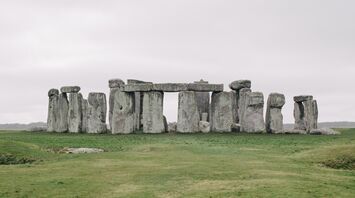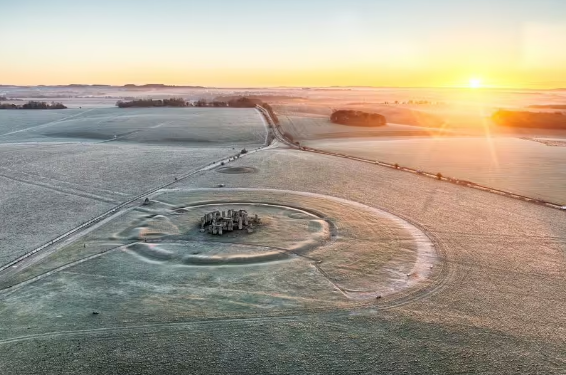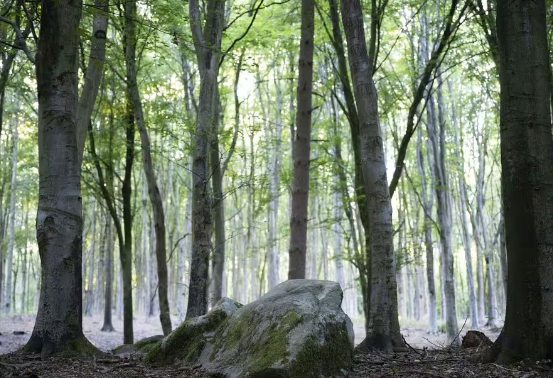The mystery of the origin of giant sarsen stones in Stonehenge: scientists have found the answer

Stonehenge is one of the greatest ancient mysteries in the UK. Archaeologists are still not entirely sure what it was used for, although they offer several possibilities, including a burial place for the elite.
What confused scientists even more was where the stones that make up the structure came from. Experts were sure that its blue stones came from the Preseli Hills in South Wales, but question marks remained over the origin of the Sarsen stones. It was originally thought to come from the Marlborough Downs, but the latest analysis by a team of archaeologists and geologists claims to put the debate to rest, Express writes.
Taking extensive samples from the giant sarsens, the team, made up of experts from around the world, found evidence that points to the West Woods, an area just over 15 miles north of the stone circle site, as the original location.
The woods are closer to Stonehenge than to Marlborough Downs, which is 20 miles away.

Study co-author Professor Mike Parker Pearson (UCL Institute of Archaeology) said: "This puts to rest the more than 300-year-old debate over whether the stones came from Stonehenge itself or from the Marlborough Downs. The West Woods was the closest place to Stonehenge where the largest, most suitable monoliths could be obtained and delivered in a relatively easy way without unnecessary obstacles."
"Even so, it was an amazing achievement because of the sheer weight of the stones. Instead of using rollers, it is likely that the stones would have been placed on wooden sleds pulled by logs laid down as rails."

The sarsens form all 15 of Stonehenge's central horseshoe stones, as well as the 25 surviving vertical and six lintels of the outer circle, in addition to the stones on the outside, which include the Heel Stone, Slaughterhouse Stone, and Station Stones.
Modern techniques have allowed scientists to use macroscopic and microscopic characteristics of the rocks to match them to the outcrops from which they were taken.
As TravelWise wrote, mystical stones in Scotland, older than the pyramids and Stonehenge, are becoming increasingly popular among tourists.



















